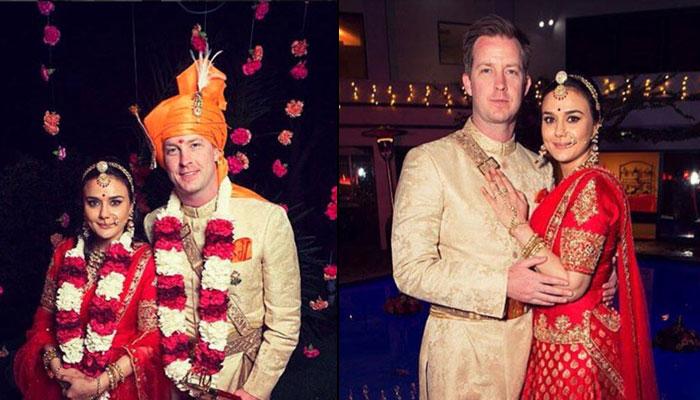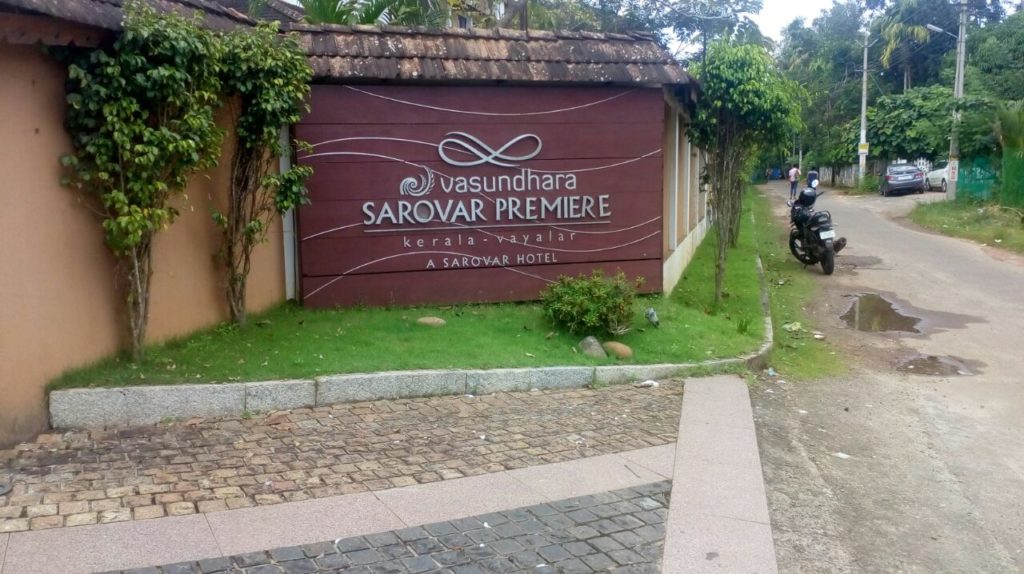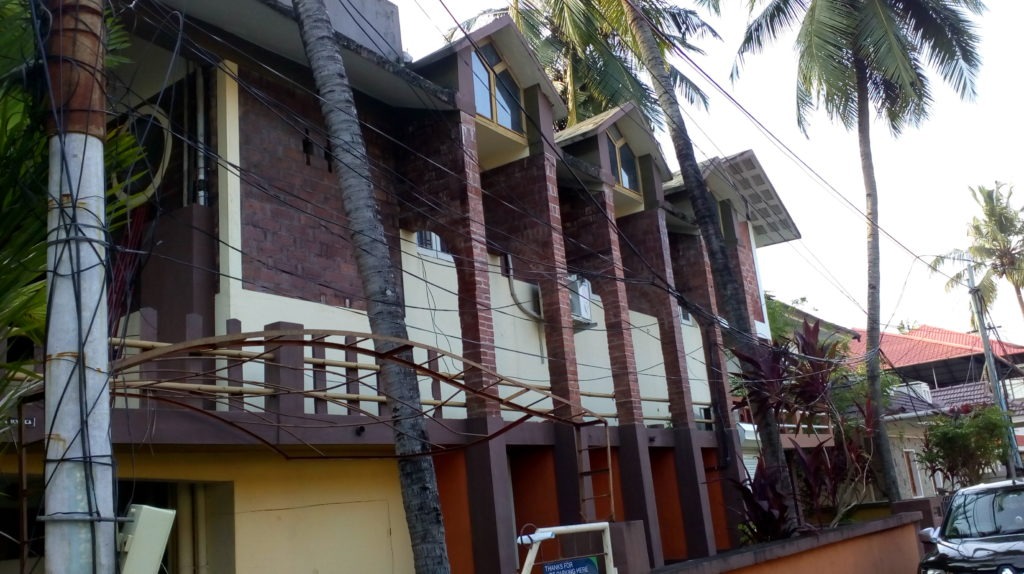Hindu culture is the home to a number of sub-communities which differs from one another in a way or other. Though the core beliefs and traditions are common to Hindus, some of the customs vary depending on the associated history. Vishwakarma or Vishwabrahmin is one such community in Hindu culture, who is known to be the descendants of a Hindu deity, Vishwakarma.
This community categorizes its members into five subgroups based on their work, which are carpenters, coppersmiths, blacksmiths, goldsmiths and sculptors. The Viswakarma Wedding is much distinct from Nair Wedding and Ezhava Wedding rituals.
The wedding ritual of Vishwakarma depends on the culture of the state in which they are residing. Though all the traditional customs are followed in Vishwakarma weddings, there are few additions also.
Initially, horoscopes and gotras are matched to find the auspicious date and time for the marriage ceremony. This is commonly known as Muhurtam. The customs which follows it is somewhat unique to this community. It is called Pendlikoothuru. This customs marks the beginning of wedding rituals and is thus considered very auspicious. This ceremony takes place at the bride and groom’s respective residence and only close family members are associated.
In this ritual, the bride and groom are smeared with oil and turmeric and then they are given a ceremonial bath. After the bath, both of them wear new clothes.
After this, the wedding day arrives and the bride and groom get up early morning to take a bath and offer prayers to Lord Ganesha and Goddess Durga. This custom is known as Mangala Snanam. After this, the bride and groom leave for the wedding venue and thus begins the actual ceremony.
The groom is welcomed respectfully by the bride’s family and is made to sit at Mandap, and then the bride is brought in a basket. The bride and groom are not supposed to see each other until the whole ceremony is over. The first ritual of the actual wedding ceremony called Kanyadaan, which symbolically means handling the responsibility of the girl to her future husband by her father.
After kanyadaan, the groom ties mangalsutra around the bride’s neck. Then garlands are exchanged and the couple is blessed by the people attending the ceremony by showering flowers on them. Then the couple takes seven circles around the holy fire with the groom holding the right hand of the bride. This ritual is known as Saptapadi.
For perfectly organized Vishwakarma weddings contact Kerala Wedding Planners and enjoy the precious time with your loved ones, leaving all the worries of preparations on our team.
Blog by Muskan Mehta, of Kerala Wedding Planners. She is a Wedding Planner and Stage Designer coordinator with us.



